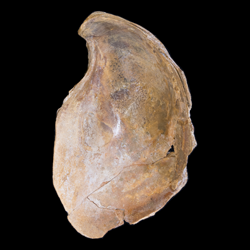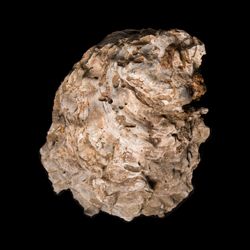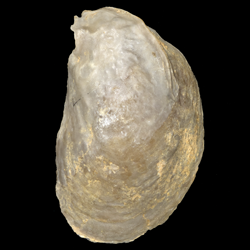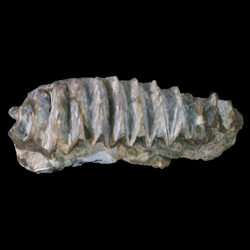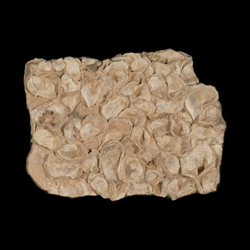
Ostreidae
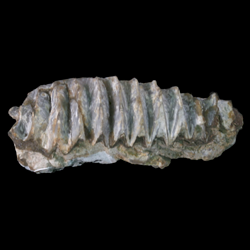
Overview
Ostreidae Rafinesque, 1815
Common Name: True oysters
Extant/Extinct
Key morphological features: The valves are subequal, with the left valve often more inflated than the right valve, although this is not true of all genera and also can depend on the attachment surface on which the oyster grows.
SIZE:
Paleoecology: The Ostreidae have had a global distribution since the Jurassic Period where modern oysters inhabit all continents except Antarctica. They inhabit a wide range of marine environments including full marine to brackish salinities and tropical to temperate latitudes. Preferring to attach to hard substrates, some species aggregate to form reef or bed structures.
MOBILITY: Stationary
FEEDING MODE: Suspension Feeder
HABITAT: Epifaunal
Sources:
Cox, L.R., et al. 1969. Systematic Descriptions, in Cox et al., eds., Treatise on Invertebrate Paleontology, Part N, Mollusca 6, Volume 1. The University of Kansas and Geological Society of America. 489 pp.
Harry, H.W. 1985. Synopsis of the supraspecific classification of living oysters (Bivalvia: Gryphaeidae and Ostreidae). The Veliger 28(2): 121-158.
Liu, J. et al., 2011. Identifying the true oysters (Bivalvia:Ostreidae) with mitochondrial phylogeny and distance-based DNA barcoding. Molecular Ecology Resources 11(5): 820-830.
Mikkelsen, P.M., and Bieler, R. 2008. Seashells of Southern Florida: Bivalves. Princeton, New Jersey: Princeton University Press. 503 pp.
Stenzel, H.B. 1971. Oysters. in Cox et al., eds., Treatise on Invertebrate paleontology, Part N, Mollusca 6, Volume 3. The University of Kansas and Geological Society of America. 272 pp.
